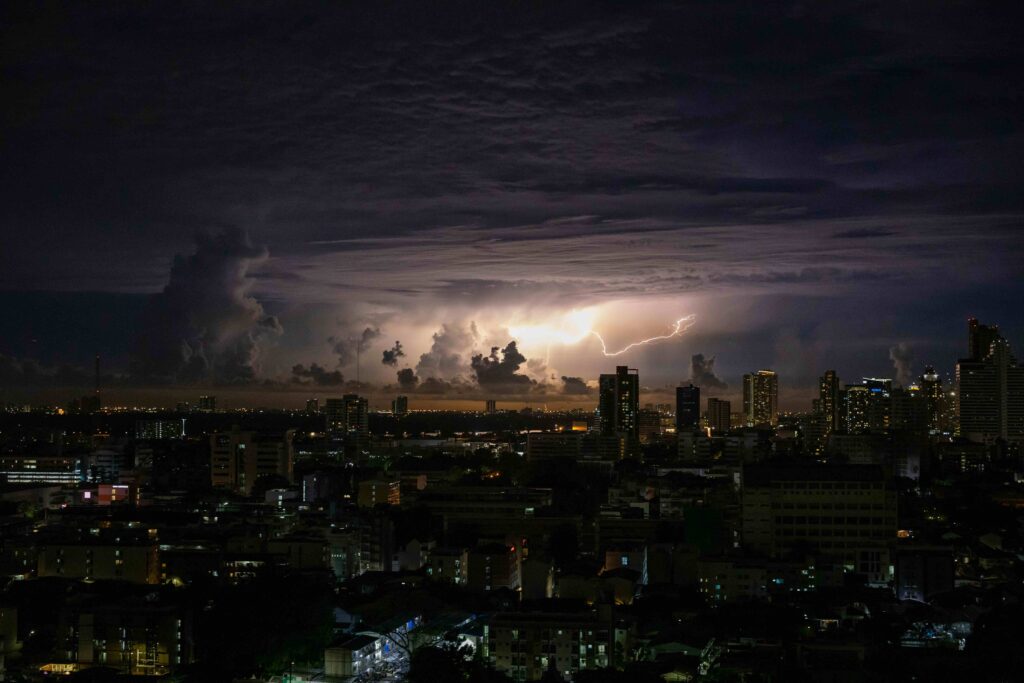
The 2024 rainy season was the third in a row to bring record downpours to Bangkok, the Eastern Economic Corridor, and key manufacturing hubs along the Chao Phraya. With climate data pointing to another La Niña pattern in late 2025, Thai companies are asking a blunt question: How fast can we get liquidity when operations are under water? Traditional property and business-interruption policies still matter, but adjusting and settling claims can take months. That is why Flood Insurance in Thailand is rapidly moving from an exotic option to a mainstream risk-transfer tool.
How Parametric Works—and Why Speed Matters
Unlike indemnity cover, a parametric policy pays a pre-agreed sum when a predefined trigger is met—for example, 150 mm of cumulative rainfall at Suvarnabhumi Airport or a flood stage of 2.5 m at Ayutthaya’s telemetry gauge. Because loss assessment is unnecessary, payouts are typically released within days rather than weeks, providing critical liquidity for clean-up, payroll, and supply-chain rerouting. Lockton’s global parametric team already structures covers for hurricanes, earthquakes, and cyber outages; we apply the same data-driven modeling and satellite monitoring to flood perils in Southeast Asia.
Regulatory Tailwinds: The OIC Sandbox
Momentum is also coming from regulators. On 6 May 2025, the Office of Insurance Commission (OIC) and Thailand’s National Economic and Social Development Board announced progress on a weather-index sandbox that uses IoT sensors and GIS data to design crop and flood covers for farmers and rural SMEs. The pilot—initially focused on durian orchards in the East—signals broader OIC support for index-based products, paving the way for commercial and industrial applications later this year. Asia Insurance Review
Designing a Trigger That Mirrors Your Cash-Flow Risk
Parametric Flood Insurance in Thailand is highly customizable:
- Trigger selection. Rainfall, river-height, or even Bangkok Metropolitan Administration pump-station alerts; we help clients choose the metric that best correlates with revenue loss.
- Payout grid. Graduated payments can start at lower water levels, cushioning minor disruptions while reserving maximum limits for catastrophic events.
- Layering with traditional insurance. Parametric covers the deductible gap and non-damage business-interruption exposures that ordinary property policies exclude.
Why Act Before the Clouds Gather
- Capital relief. Immediate payouts reduce the need for emergency credit lines, preserving balance-sheet strength.
- Claims certainty. Pre-agreed amounts eliminate disputes and litigation.
- Competitive advantage. Demonstrating robust flood-response funding can reassure lenders, supply-chain partners, and ESG-focused investors.
Our Commitment
At Lockton Wattana Thailand, we combine four decades of Thai market insight with Lockton’s global parametric analytics to deliver bespoke solutions that align with OIC guidelines and local claims practices. If your risk managers are mapping flood contingencies for the 2025 monsoon, let’s explore whether Flood Insurance in Thailand can close the liquidity gap and keep your business moving—rain or shine.
